Cambridge is one of the least affordable housing markets in the entire country. Our addiction to commercial development has fueled the crisis by continually attracting lots of higher-salaried workers to the Cambridge area. At some point, the market got so hot that international investors started speculating on property that they had no intention of living in. Meanwhile, nearly all the new housing built in the city is market rate, designed and priced for the wealthiest segment of the population because of the profit motive. As prices continue to skyrocket, tenants are displaced and communities are ripped apart. A lucky few get subsidized housing, and the rest are forced to live elsewhere, pushed farther and farther away from the city they once called home.
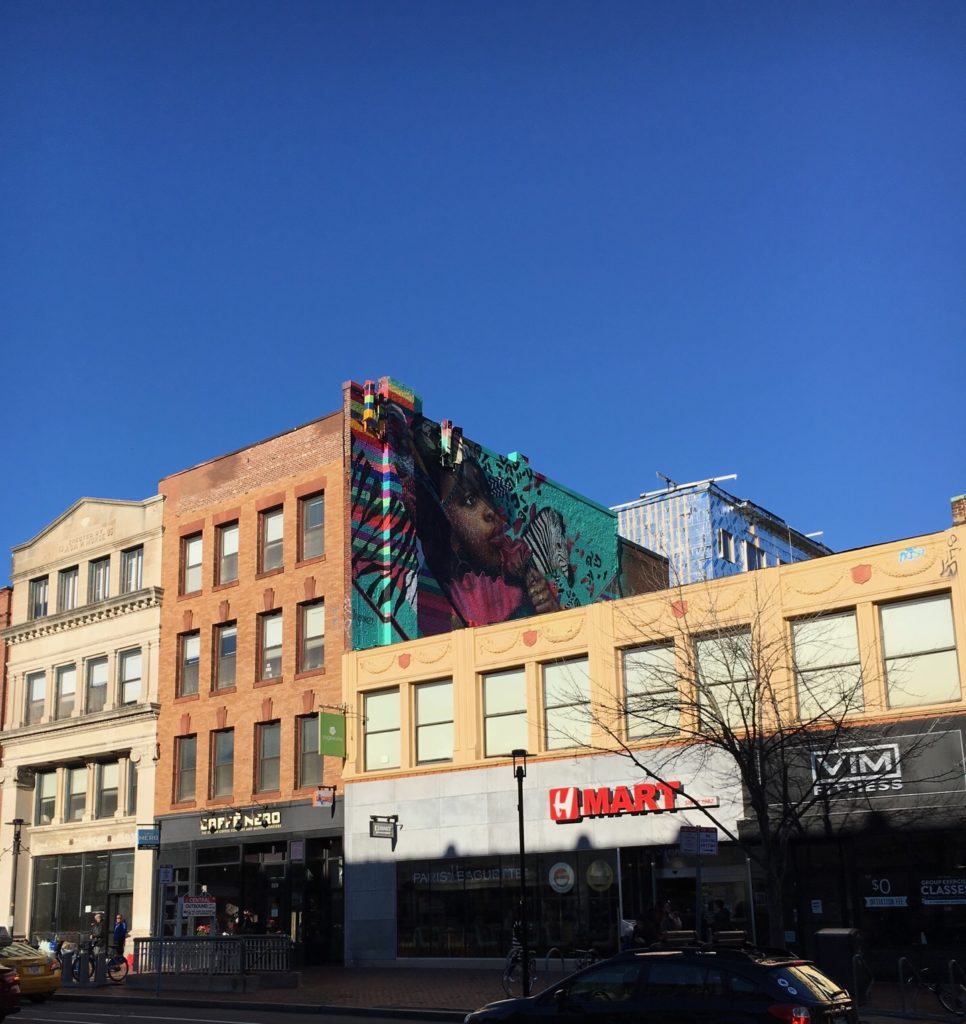
Addressing this crisis of affordability has been the stated top priority of the City Council for years, and most agree that the answer lies in some combination of tenant protections and subsidized affordable housing construction. The council has begun seriously discussing tenant protections this term, though we are largely limited in what we can do by state law and inaction of the legislature. We have also asked the City Manager for a significant increase in the funding of affordable housing construction, a request I hope he will grant in the FY20 budget. The city’s inclusionary housing program ensures that 20% of the floor space of large new market-rate housing developments (10 units or more) is set aside as income-restricted housing managed by CDD. Unfortunately, the remaining 80% is completely unaffordable to people being displaced from our city, and itself further accelerates the displacement by significantly raising nearby land values. If there’s one thing the last few decades have taught us, it is that we can’t simply rely on the market to build our way out of this crisis.
The situation is further complicated by a troubling regional history of white flight and racist zoning practices & patterns that systematically prevented people of color from purchasing homes in desirable areas, and therefore from accumulating the kind of generational wealth that helps people move out of poverty. The impacts of these policies are still felt today, and I support examining the zoning code to identify bold ways we can further assist those who remain at a huge disadvantage. While we do so, we must carefully balance trade offs to avoid things like further degrading our tree canopy and losing our small businesses.
At the same time, we need to carefully examine any proposed policies to make sure they have a chance to achieve the stated goals. To maximize the benefits of incentivizing affordable housing construction through the overlay, we should prioritize locations that are readily accessible by transit so as to both minimize the parking and traffic impacts, and to maximize the transit accessibility for the residents who will be living in these new homes.
Finally, we should look for ways to achieve social justice, by providing additional affordable homeownership opportunities and providing a right of return for residents who have been displaced by our city’s growth, including people of color.
Here are some ideas I urge my colleagues to strongly consider as we begin this important conversation:
Applicability of the Overlay
The priority of this overlay should be to unlock more sites throughout our city that have immediately accessible public transit options, while protecting local retailers. We can accomplish the important goal of incentivizing more AH in every neighborhood without making car ownership effectively a requirement of tenancy. We are fortunate as a city to benefit greatly from public transit services including many bus lines and six subway stops. With that in mind, the overlay should be limited to the transit hubs and corridors, including:
- Huron Avenue
- Concord Avenue
- Mount Auburn Street
- Brattle Street
- Massachusetts Avenue
- Putnam Avenue
- Western Avenue
- River Street
- Cambridge Street
- First Street
- Hampshire Street
- Columbia Street
- Broadway
- Prospect Street
- Main Street
This is not mean to be an exclusive list, but rather a starting point for the discussion of where the overlay should apply. In particular, we could also look at smaller streets adjacent to each of the subway stations.
Protect Local Retail
We want to ensure our policies will help small businesses thrive. Under the overlay, developers should be required to provide swing space for impacted businesses and offer a guaranteed right of return at affordable rents in perpetuity. If the right of return is declined, a replacement merchant should be recruited at affordable rates in perpetuity (formula businesses would not be eligible for affordable rates). Having such a model in place could actually encourage more owners to negotiate with non-profit developers, as a way of preserving their business amidst rising rents and competition from international investors.
Green Space and Trees
The overlay should build upon and improve existing setback and greenspace requirements for transit corridors and hubs. It should incorporate the important work of the Climate Resilience Task Force and the Urban Forest Master Plan Task Force to ensure that all residents are protected from climate change and receive the full benefits of a healthy and thriving tree canopy. We need to be mindful of what we allow to be built in areas of the city that are particularly vulnerable to flooding and extreme heat caused by climate change and the urban heat island effect, as determined by the city’s Climate Change Vulnerability Assessment. We should not be making trade-offs in affordable housing construction that limit or reduce access to green and open space on site for those who live there.
No Parking Minimums
The focus on transit-oriented development will enable us to entirely eliminate minimum parking requirements aside from accessibility needs, saving time and money on each project. Just because we eliminate parking minimums doesn’t mean developments can’t or won’t have parking. But they will almost certainly have less parking than if we require it, because of the expense associated with adding it. Less parking means fewer cars and ultimately less congestion, provided, again, that we build along transit corridors and near transit hubs.
Design Review
Advisory design review by the planning board (providing input but not making a yes/no decision) is not necessarily less desirable than discretionary review by the planning board (having the ability to deny a special permit) for affordable housing projects, provided the standards we set are rigorous in meeting all stated priorities of the city council. Advisory review with strict criteria will streamline the permitting process and save the affordable housing developers precious time and money. If we limit applicability of the overlay to the transit corridors, incorporate reasonable aesthetic requirements, find ways to protect our small businesses, and respect the data we have on Cambridge’s climate vulnerability and the need for tree canopy expansion, I could support advisory review.
Right of Return
We should create a preference for former Cambridge residents who would like to come back to their hometown. At this time both CHA and CDD offer a strong preference for current residents in their respective subsidized housing application processes, but that vanishes as soon as someone leaves the city. I have witnessed firsthand the challenge this creates for residents who are forced out of their home by an eviction or burdensome rent increase, but would desperately like to stay in the city they call home. Imagine being in the position of not being able to afford anything on the market in Cambridge, but knowing that going elsewhere will mean giving up virtually all hope of ever finding a stable housing situation in Cambridge. We can’t control how the housing authority allocates their units, but the overlay is an opportunity to experiment with a potential solution by setting aside e.g. 10% of gross floor area (GFA) for former residents, with a higher priority based on recency of residency. This could be one way to enhance social justice for people who have been disproportionately impacted by our inequitable economic policies, including many people of color.
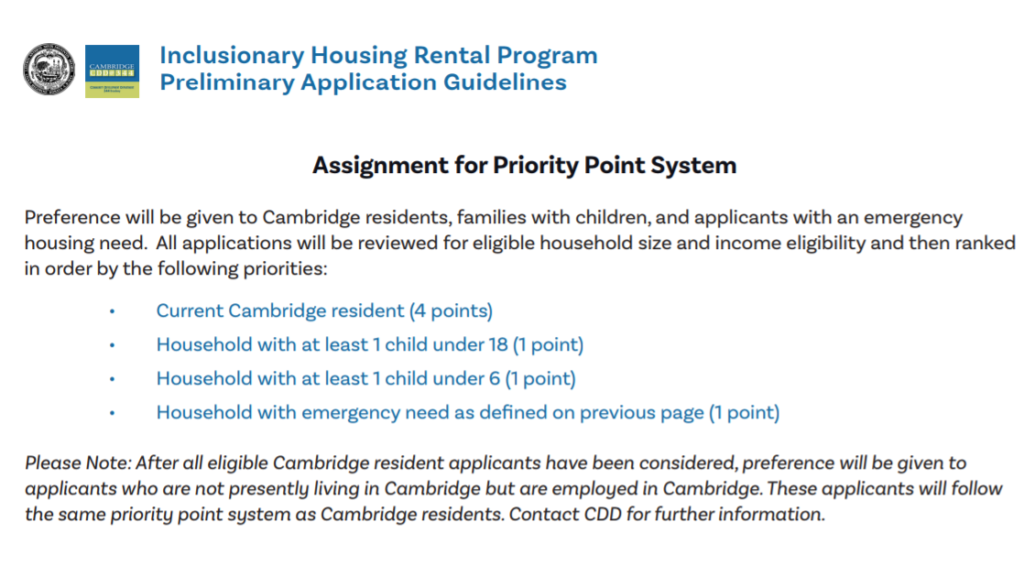
Affordable Homeownership Opportunities
Another way to achieve some social justice through the overlay would be to set aside 10% of GFA explicitly for affordable homeownership purposes. Such a policy would begin to directly address the historical injustices caused by redlining and other racist housing policies, particularly if we gave a preference to first time homebuyers, as well as to both current and former residents of Cambridge (as described above). We could put these units directly into the city’s Homeownership Resale Pool, so there would be no additional administrative overhead. The Homeownership Resale Pool already has more than 500 units citywide, but that represents less than 1% of the total housing units in our city, and we need to create many more opportunities for affordable homeownership.
Conditional Upzoning for Market Rate
Through our inclusionary zoning program, we are already using the market to drive some affordable housing development. The AHO presents an opportunity to further enhance this approach and create more opportunities for both affordable housing and market rate housing along transit corridors, without allowing market rate development to continue to overwhelm our city and accelerate displacement.
We could allow for-profit developers to take advantage of the same density bonuses as affordable housing developers in the AHO districts, but only after (and not until) an equivalent amount of 100% affordable housing has first been built in the same district. It wouldn’t necessarily have to be on the same parcel or even part of the same project, and inclusionary zoning would still apply to the market rate housing. CDD would be responsible for certifying every square foot of subsidized housing that is built, and would allow those credits to be applied against any market rate development that is proposed.
Creating an artificial scarcity of high-density, market-rate housing permits in desirable areas along transit corridors could invite more intense cooperation between affordable and market-rate housing developers. This could potentially lead to more market-rate housing production in a ratio that would not accelerate displacement in our city.
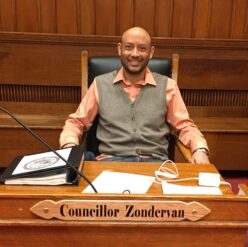
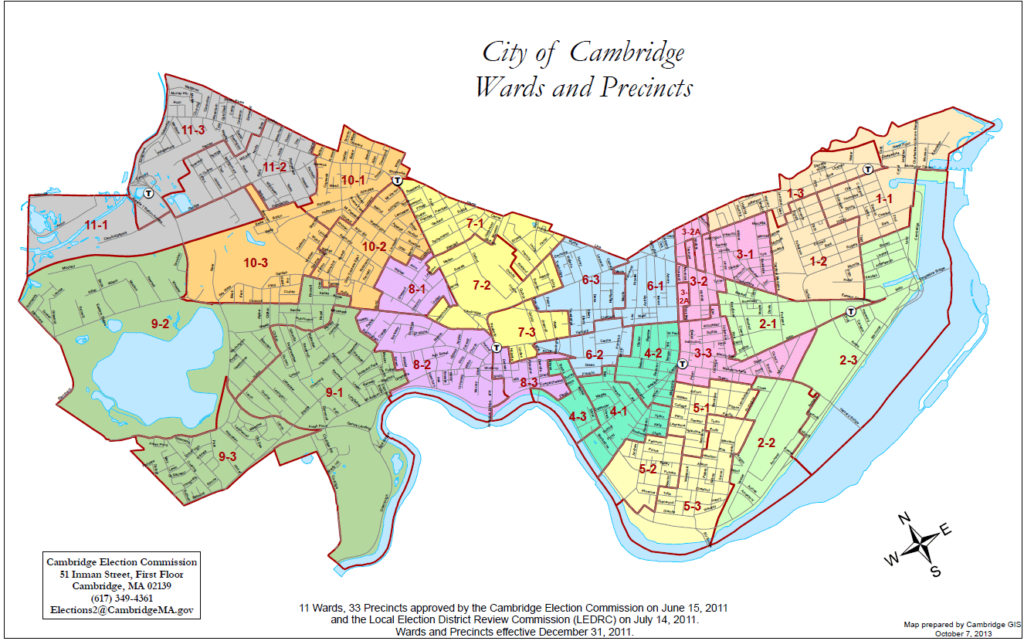
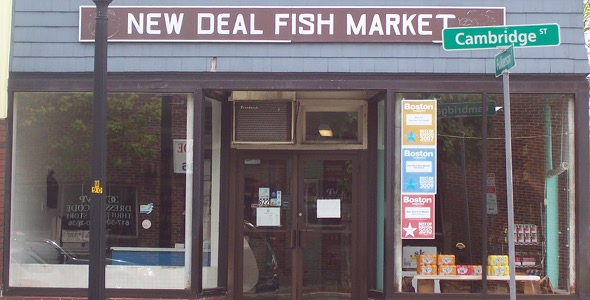
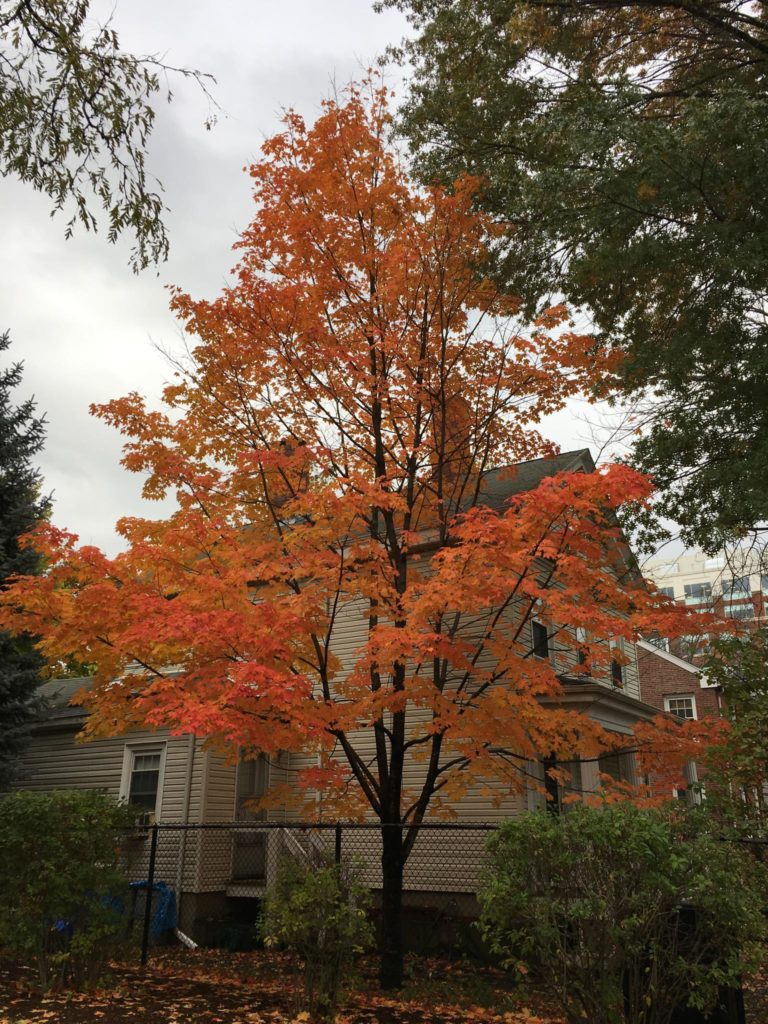
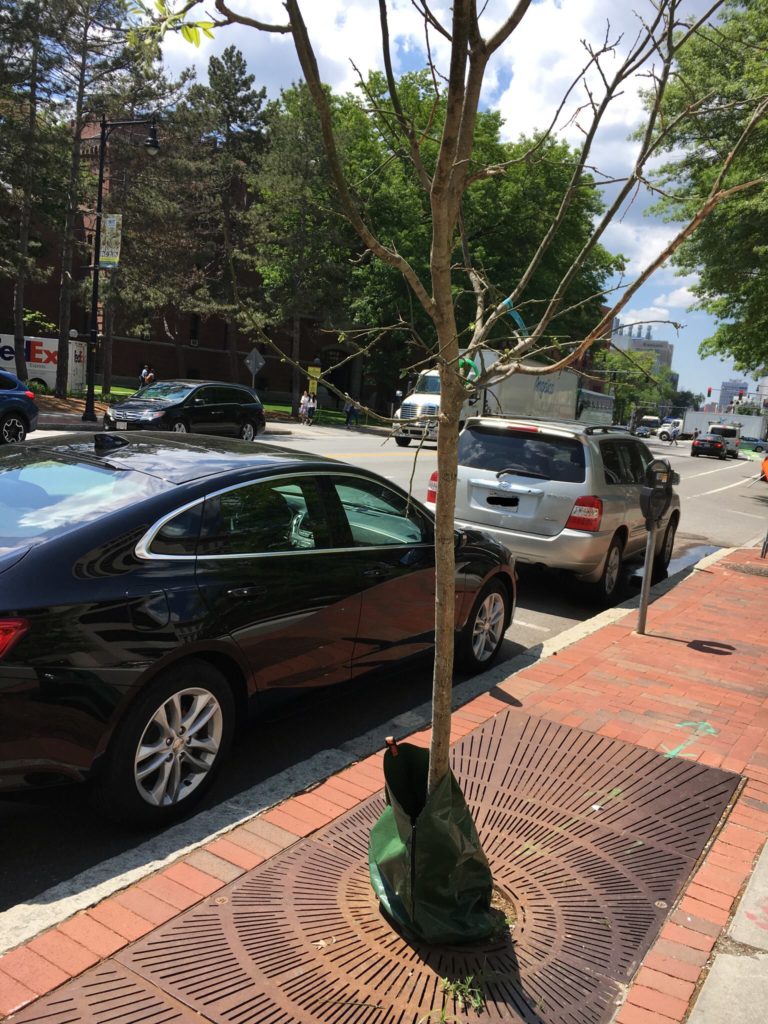
Your background led me to expect a carefully thought through approach to the way the overlay needs to be amended to protect and augment the tree canopy.
The canopy section above only gives general principles: “The overlay should build upon and improve existing setback and greenspace requirements for transit corridors and hubs.” What do you propose to accomplish these goals? The overlay is not tree-friendly.
You have a lot of experience that can now be applied to shaping the overlay so Cambridge’s canopy grows (slowing the decline isn’t enough). Please bring these skills to the overlay.
Great improvement over the current proposal. A couple of notes on the local retail. There is case law in Mass that prohibits zoning from restricting formula businesses. It also violates some interstate commerce laws. Been there done that. However, you can restrict businesses to the number of locations it has. I believe some parts of Kendall square has a restriction to either 7 or 9 business locations as a max. On returning, I have not ever seen a local retailer return to a building after renovation, even at a reduced rent. The owner moves to a new location out of the area or closes the business. Kendall Square Barber Shop was made such an offer when they were evicted from the Kendall Square Building and told they could return in a year and a half. So, they relocated to the basement of the MIT Coop last October. Now they are being evicted from the Coop in this month, so they called it quits and relocated to the burbs. I know half a dozen small business that just quit when the building went under renovation. Who can live for 9 to 16 months without income?
Thank you for taking the time to compile and publish your thoughts, Councillor Zondervan!
I have two questions regarding the applicability of the overlay. First, would your proposal to restrict the overlay to transit corridors apply only to the parcels on those streets, or could the overlay be extended to intersecting or nearby parallel-running streets as well?
For example, I live on Prentiss St, which is located off of Mass Ave between Porter and Harvard. From personal experience, a person walking on foot can get to Mass Ave from any parcel on Prentiss within just a few minutes. Considering this, would you consider Prentiss Street appropriate for inclusion in the overlay?
Second, how close would a street have to be to a subway station to be considered “adjacent”? Again, to use my own street and personal experience as an example, Prentiss Street is located within a five-to-ten minute walk of the Porter Square subway station. On that basis, would you consider it to be an adjacent street, and thus included within the overlay?
My own view is that Prentiss St would be appropriate to include within an overlay district, as would most of the streets in Cambridge that are within a short walk of public transportation, whether subway or bus. The CDD has a very helpful map of the public transportation routes that travel through Cambridge (https://www.cambridgema.gov/~/media/Files/CDD/Maps/transportation/cddmap_public_transit.pdf?la=en). As the CDD notes on its Public Transit page, “Nearly every part of Cambridge is within a short walk of a subway station or bus stop.”
Certainly, not everyone currently living here uses public transit, and it would be unreasonable to assume that all residents in new units in the city will automatically use transit as their primary mode of transportation. Nonetheless, it would seem to me that most able-bodied people who do not frequently use transit in this city do so by choice, rather than because of distance to a transit line, and that the same will be true for those who live in new units. (Of course, many people don’t use transit because buses or subways are often delayed, or run do not run at convenient frequencies, but those are issues beyond the control of the zoning ordinance.)
Considering that nearly all the city is close to some form of transit, I believe that the overlay is best applied to the entire city, and not just to certain corridors or hubs immediately adjacent to subway stations. Now, perhaps there are some areas of Cambridge which are so inaccessible to transit that it would be to the harm of the public interest to allow affordable housing to be built there. If that is the case, the city would be best served by identifying those areas individually, and then specifically excluding them from the overlay on a case-by-case basis. After which, I hope the city council would then work to figure out how to reduce the barriers to accessibility and affordability that exist in those places.
Thanks Chuck, I agree that protecting local retail is a must. And Phil, I agree that incorporating the recommendations of the Urban Forest Master Plan task force and the Climate Resilience task force are musts as well.
Most of Brattle Street doesn’t meet your criteria, as it has no mass transit options available.
Best you can see in the morning !